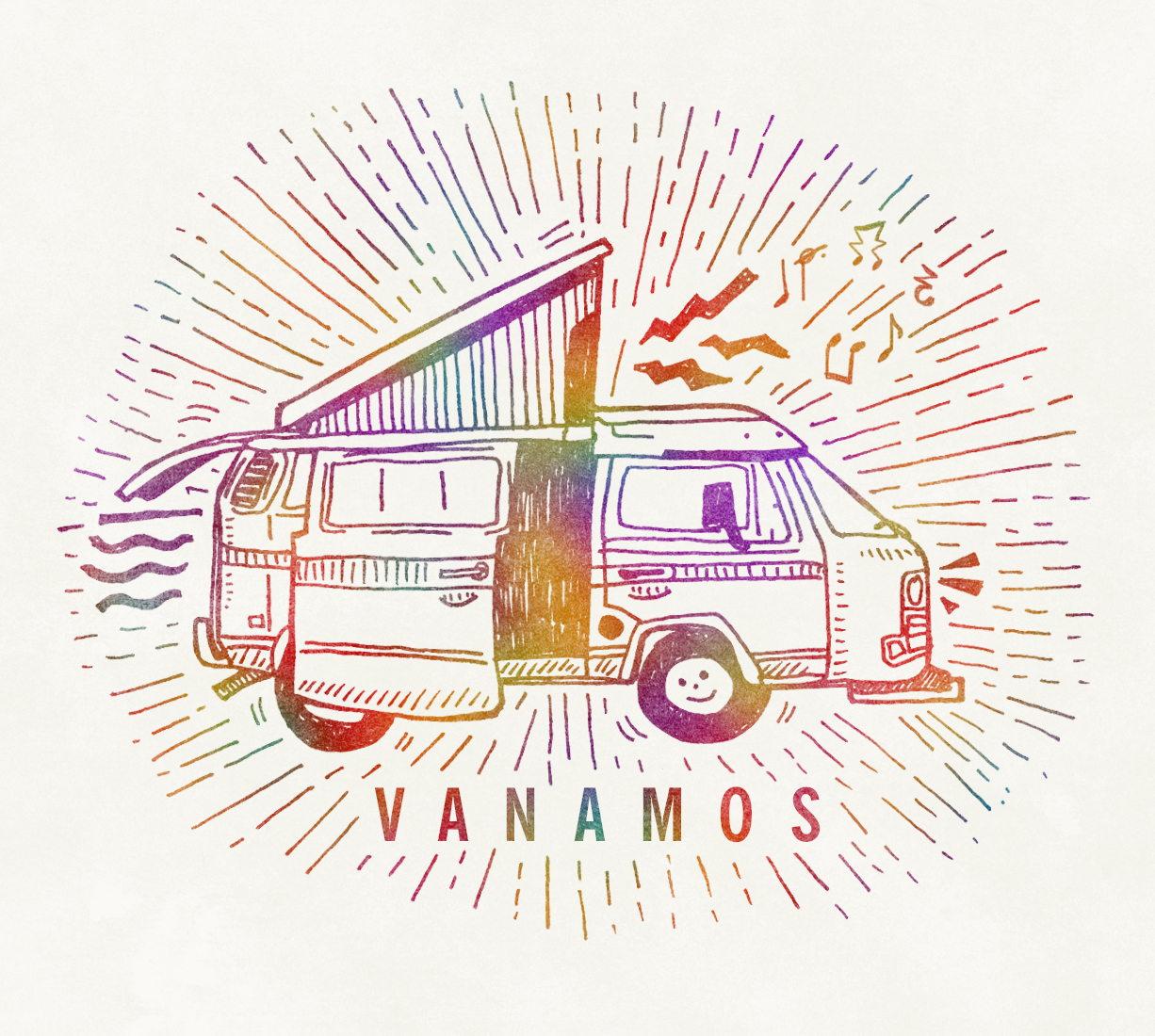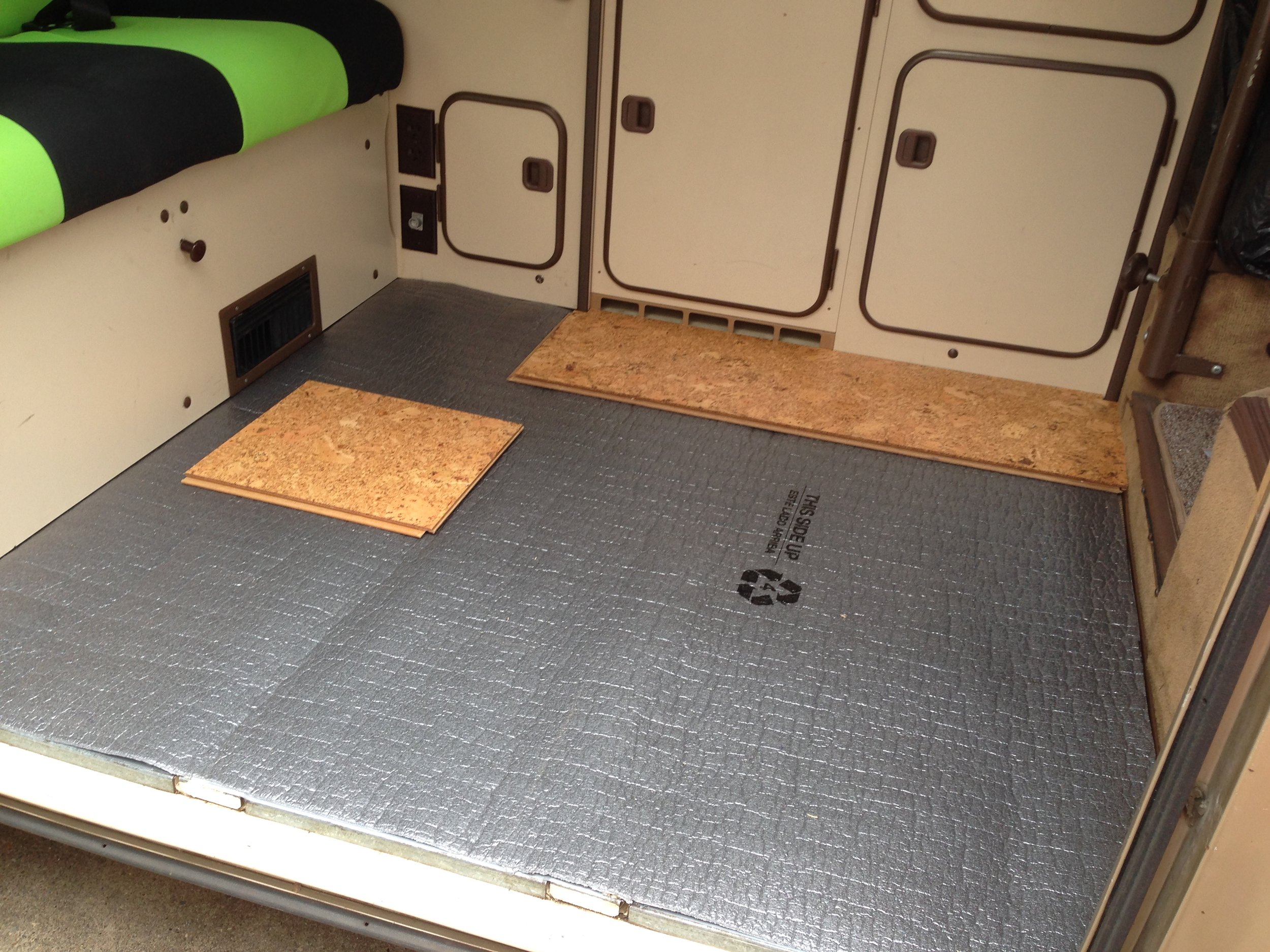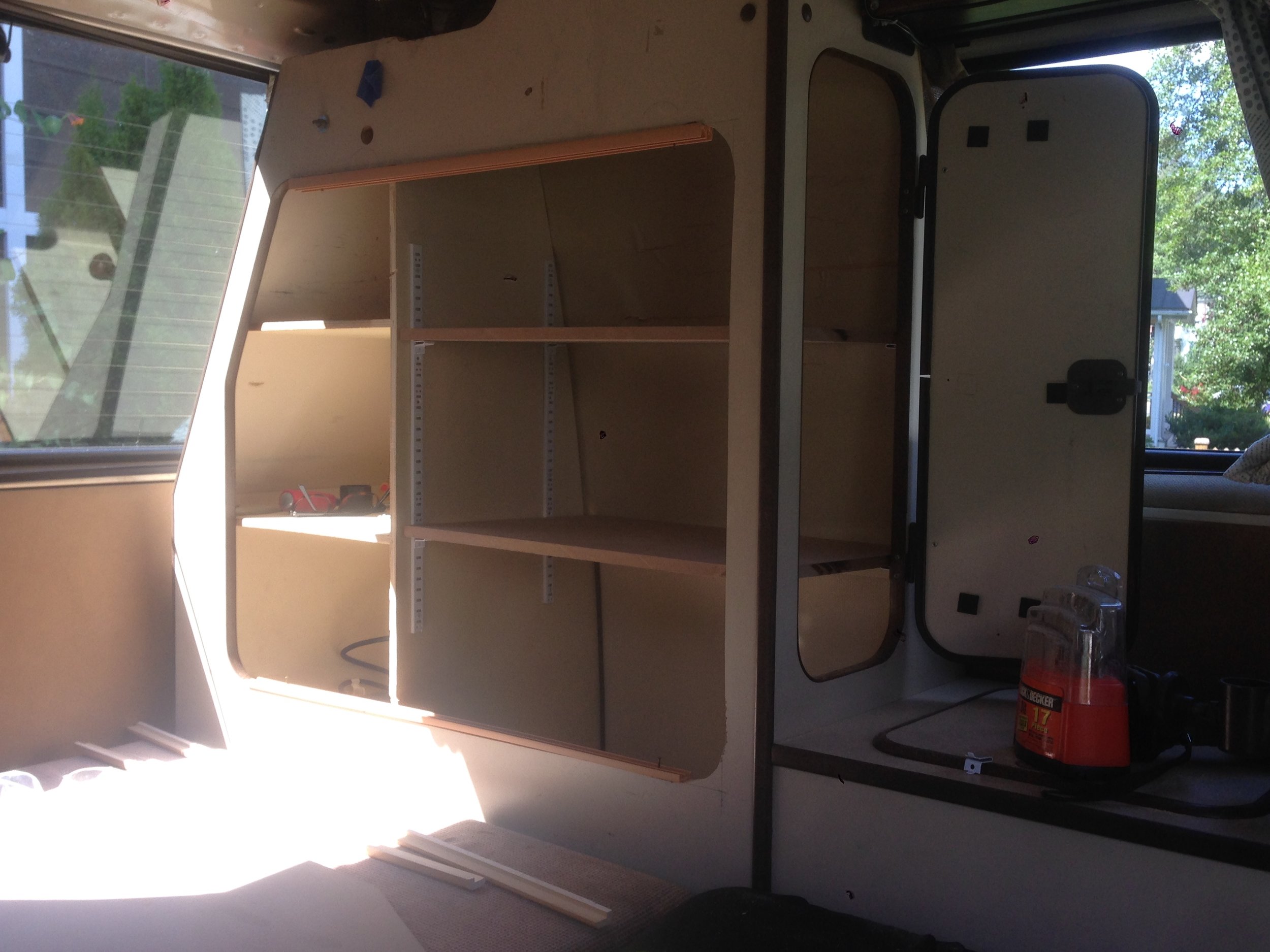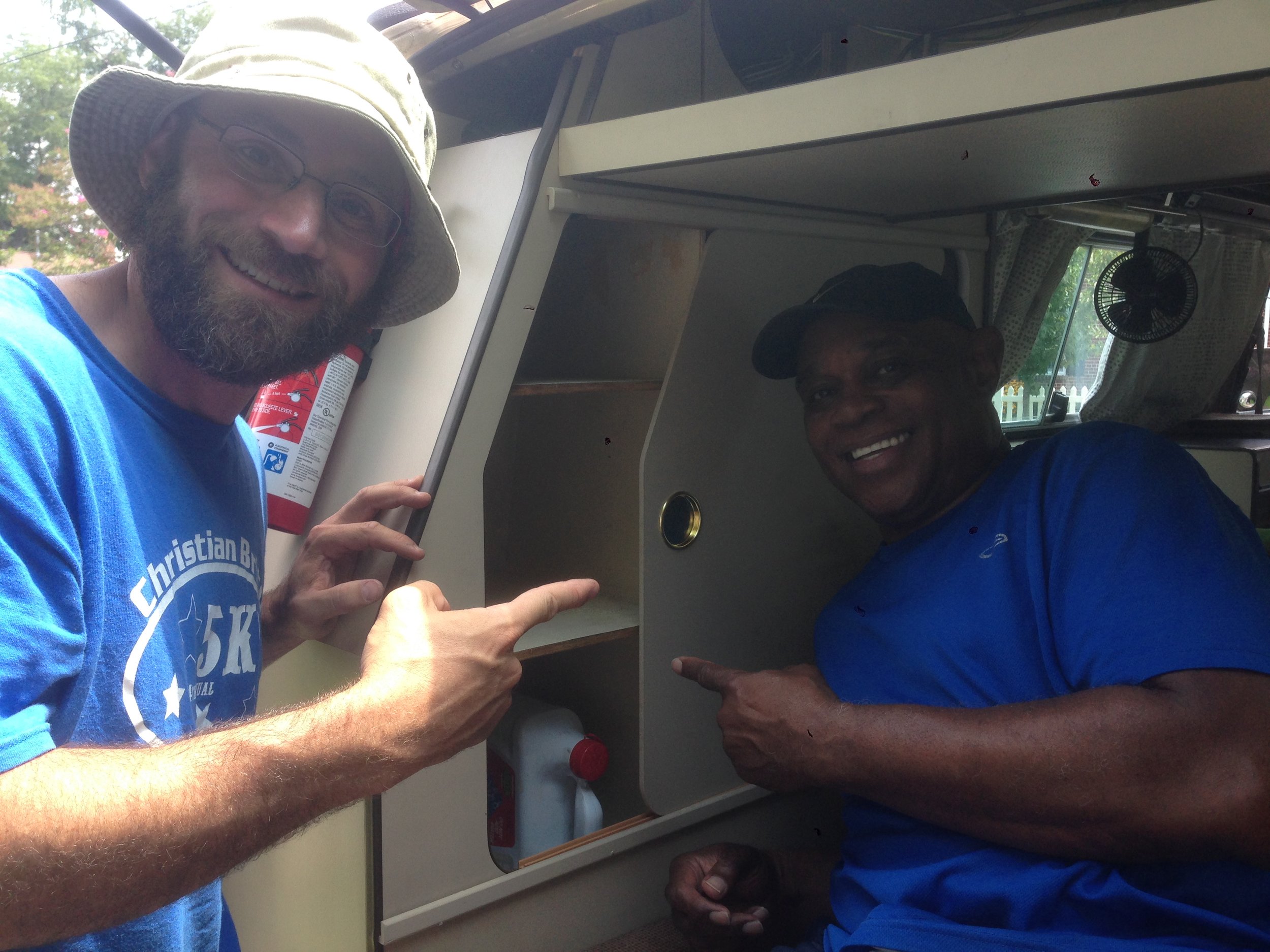There's nothing extraordinary about us except that we made a commitment to travel with our kids.
Paul lost his innocence in his teens, lost his hair in his twenties, lost his freedom in his thirties, and lost his cares in his forties while driving with his family from Virginia to Panama and back. Willing to try just about anything, except cow face tacos, Paul is back at his old 9 to 5 for the experience, which he hopes will give depth to his writing, and the paycheck, which he hopes will buy his next ticket to ride.
R - The saying goes that behind every great man stands a great woman and R fits the bill of both a great man and a great woman. She’s smart, athletic, adventurous, empathetic, and talented with technology or haggling in the market. In short, she’s more than just a pretty face. Perfection for her, though, is just out of reach because she can’t sing a note. Our recent year-long overland trip was the realization of a lifelong dream for her, but like every master architect, she's back at the drafting table perfecting the next plan.
Coconut – Our daughter is a tough nut to crack. This well-read and well-traveled 13-year old is an introvert and bookworm, and will be the first one in line for a daredevil stunt or some other adrenaline-pumping thrill. She’s laid-back, independent, a big fan of rock-n-roll, and the first one in the kitchen to bake brownies.
J is 11 and has jumped off of waterfalls, cliffs, rope swings, trees, and bridges in 8 countries. Though initially shy, he will soon be seen strutting around the barnyard like he owns the place. J is motivated by competition, likes to learn by doing, is naturally inquisitive and quite often hilarious. He’s also very practical; he sleeps in his clothes so he doesn’t have to waste time getting dressed in the morning.













